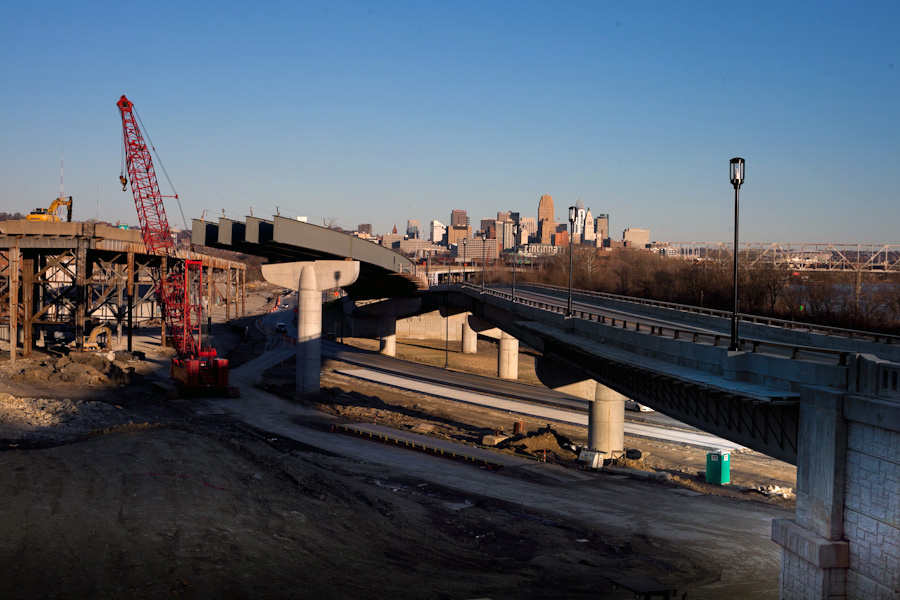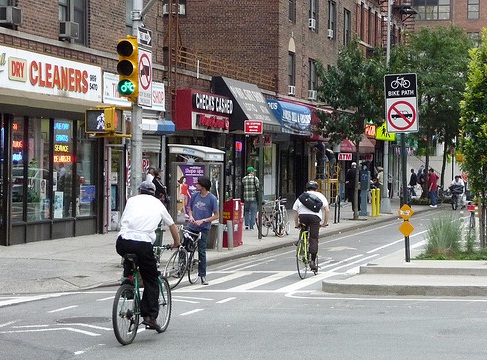Bus rapid transit systems in the U.S. not keeping pace.
Many American cities, Cincinnati included, are working towards enhancing their bus systems as ridership grows. Bus rapid transit systems consistently come up as potential solutions, but rarely are they true BRT systems. More from Greater Greater Washington:
The Institute for Transportation & Development Policy publishes BRT standards that describe minimum characteristics necessary for a bus route to qualify as BRT. Those standards establish three levels of BRT quality: bronze, silver, and gold. They include features like off-bus fare collection, high station platforms, and bus frequency.
So far, only 5 lines in the United States have scored highly enough to qualify as true BRT, and all 5 rank at the bronze level. Not one is even silver, let alone gold.
According to ITDP, the best performing BRT systems in the world are Bogota, Colombia and Guangzhou, China, which score 93/100 and 89/100, respectively. They are the gold standard.

